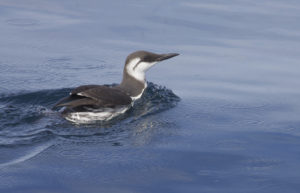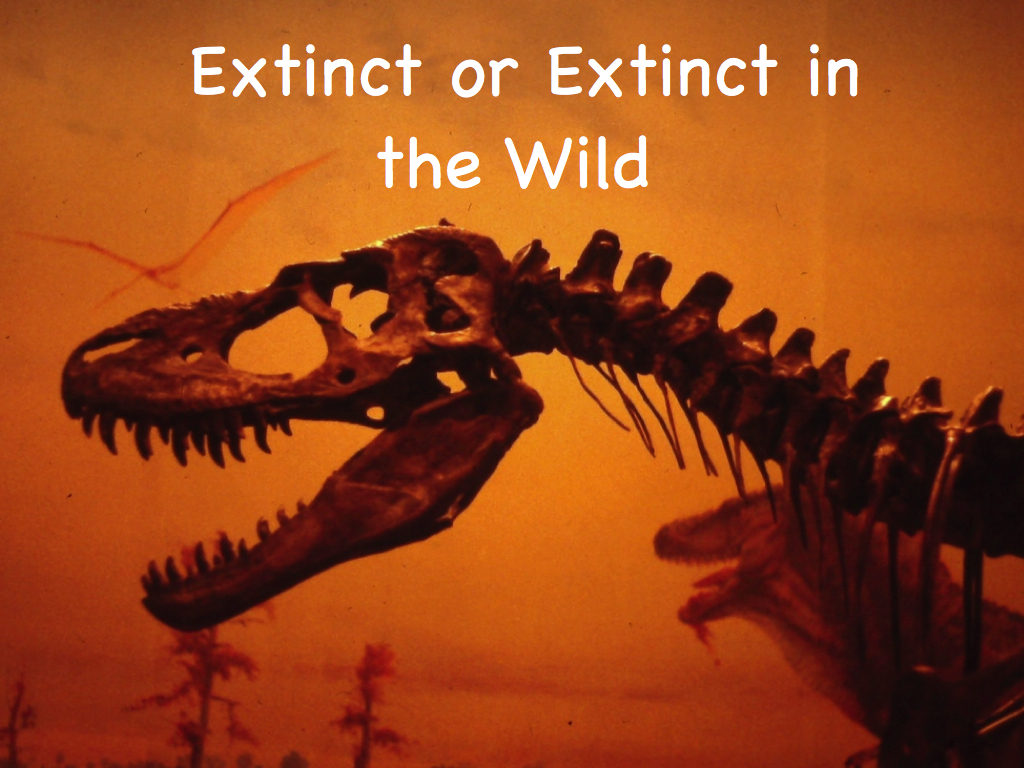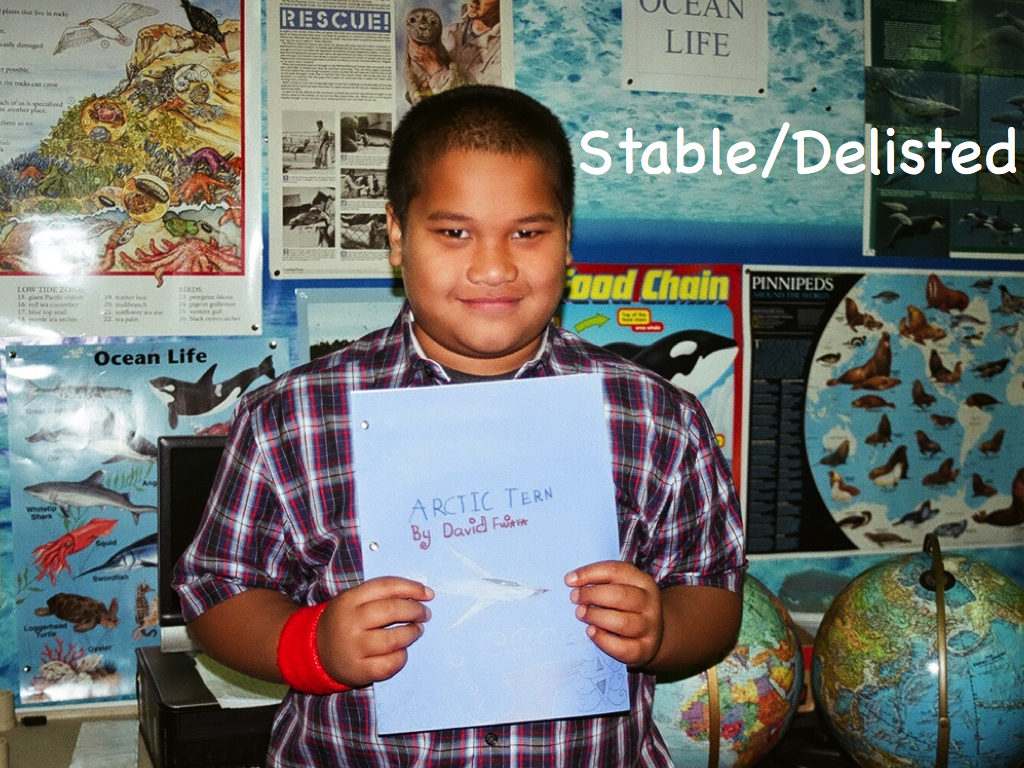Welcome to the Episode 71 page where you’ll learn about wildlife helpers and more guidance in writing a report about the animal of your choice.

Watching Episode 71
Thanks to Archive.org, you can watch this program as free video on demand. Not only that, you’re free to download this and all episodes of Ramping Up your English. To see Episode 71 ad-free, click here.
Watching Episode 71 in segments
Most episodes of Ramping Up your English run about a half hour. If you want to see shorter segments, you’ll find those below – each from 6 to 12 minutes long.
See Segment One by clicking here.

Episode 71 Summary
In this review, we looked at the terms that are used for the level of endangerment. We started with the most severe, in case the subject of your research is extinct. This sad designation is for animals that are no longer living on Earth, like all the dinosaurs – and those that only survive in captivity. We call those “instinct in the wild.”
As promised on the show, here’s a list of the terms we use for the degrees of endangerment.
Extinct or Extinct in the wild (Used world-wide and in the Endangered Species Act (ESA) of the United States. ESA=Endangered Species Act (of the U.s. Congress).
Critically Endangered (World-wide).
Endangered (World-wide and ESA).
Vulnerable (World-wide)
Threatened (ESA)
Near Threatened (World-wide)
Stable (Not an official category)
Common (Not an official designation)
Is making a comeback (Not official)
Is Recovering (Not official)
De-listed (ESA)
Episode 71 Summary Cont’d
After this review, the focus shifted to sea gulls and the efforts being undertaken to help wildlife avoid endangerment. Seagulls even inspired a book by Richard Bach, a movie, and a soundtrack by Neil Diamond and Lee Haywood. The book and movie are entitled Jonathan Livingston Seagull. We had a brief look at one of my favorite birds, the tufted puffin.
Many organizations that are doing important conservation work give calendars to members – calendars that feature the wildlife that are being helped through their efforts. These include the National Wildlife Federation and the Nature Conservancy. Both groups keep members informed through magazines that share challenges and successes in helping wildlife – often through protection of habitat.
We also featured three local groups in Southern Oregon that support wildlife – those being the Southern Oregon Land Conservancy, Klamath Bird Observatory, and Wildlife Images Wildlife Rehabilitation and Education Center. We also looked at a cheetah recovery program from Wildlife Safari. These groups are just a few of those dedicated to helping wildlife.
Language Objectives
Use connecting words to compose a sentence demonstrating a cause/effect relationship (between conservation status and causes of endangerment).
Use present tense and present progressive tense verbs to state the activities of conservation groups and agencies protecting wildlife.
Academic Content Objectives
Science: Explain the cause/effect relationship between agents of endangerment and an animal’s conservation status. Explain how actions by conservation groups and agencies mitigate the downward pressures on animal populations.
Social Studies: Give examples of people solving problems through collective action. Identify actions by conservation groups that protect or enhance the survival chances of endangered species. List some actions by conservation groups and government agencies that have had positive impacts on the populations of endangered species. Identify the role of citizens in helping to protect endangered species. Distinguish between the actions of conservation groups and government actions to protect and enhance endangered species.
Links to Videos Used in Episode 71
Southern Oregon Land Conservancy
The above Video can be viewed ad-free and downloaded by clicking here.
The above video can be viewed ad-free and downloaded by clicking here.
The above video can be viewed ad-free and downloaded by clicking here.
Original Videos Used in Episode 71
Adventures in Education – Wildlife Images
Adventures in Education – Southern Oregon Land Conservancy
Adventures in Education – Klamath Bird Observatory Part 1, Part 2
Learning Materials
Here are some of the materials we used in this production. Click on a slide to enlarge it. Use your back arrow to return to this page.









Next Episode
We take a closer look at birds in our next episode. Click here to go to the Episode 72 page.